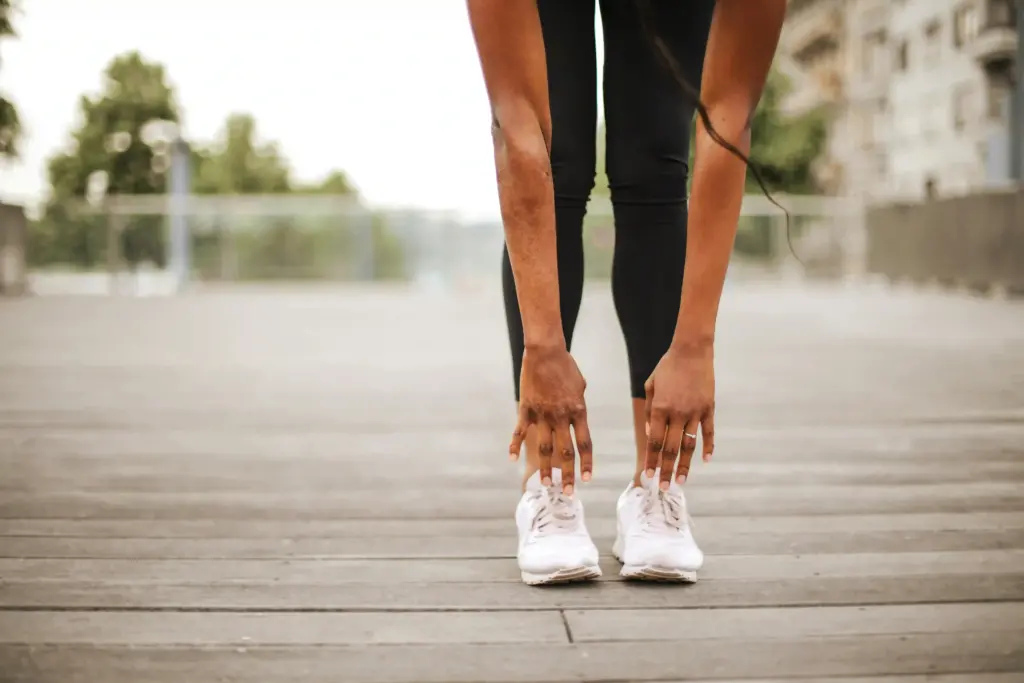As healthcare professionals, it’s crucial to understand and clearly communicate the difference between “actividad física” (physical activity) and “ejercicio” (exercise) to our patients. This knowledge can positively influence how patients perceive and adopt healthier habits. Although these terms are often used interchangeably, they have crucial differences that can help us design more effective and accessible recommendations.
Definition of Terms
Actividad Física (Physical Activity): Refers to any bodily movement produced by skeletal muscles that result in energy expenditure. This includes a wide range of everyday and recreational activities such as walking, dancing, gardening, cycling, and playing.
Ejercicio (Exercise): A subcategory of physical activity that is planned, structured, and repetitive, with the goal of improving or maintaining one or more components of physical fitness. Examples include running, weightlifting, aerobics, and swimming.
Why Recommend “Actividad Física”?
For many patients, the idea of “ejercicio” can seem intimidating or unappealing, especially if they are not used to a regular physical activity routine. This is where “actividad física” plays a crucial role. Being more inclusive and less structured, physical activity can be a more accessible and enjoyable way for patients to incorporate movement into their daily lives.
Benefits of “Actividad Física”:
- Accessibility (Accesibilidad): Does not require special equipment or gym memberships. Activities like dancing at home, playing with children, or working in the garden are easy to integrate into daily routines.
- Variety (Variedad): The wide range of activities allows patients to choose those they enjoy, increasing the likelihood of long-term adherence.
- Stress Reduction (Reducción del Estrés): Many physical activities, such as walking in nature or dancing, can be relaxing and help reduce stress.
- Social Interaction (Interacción Social): Activities like team sports or dance classes can foster social interaction, which is beneficial for mental health.
Practical Examples of “Actividad Física”
- Dancing (Danza/Baile): Whether it’s a partner dance, a Zumba class, or simply moving to the music at home, dancing is an excellent form of physical activity that doesn’t feel like “exercise.”
- Gardening (Jardinería): Working in the garden is not only relaxing and rewarding but also involves significant physical movements.
- Cycling (Andar en Bicicleta): Using a bicycle as a daily means of transport is a fantastic way to incorporate physical activity into the routine.
- Recreational Games and Sports (Juegos y Deportes Recreativos): Playing with children in the park, engaging in recreational sports like soccer or volleyball, are effective ways to stay active.
As healthcare professionals, it is our responsibility to help patients find sustainable and enjoyable ways to stay active. Encouraging “actividad física” rather than “ejercicio” can make the concept of staying active less intimidating and more inclusive. By doing so, we help our patients adopt healthier lifestyles and improve their overall well-being.
Always remember to assess the individual capabilities of each patient and tailor your recommendations accordingly. Physical activity is for everyone, and every movement counts!




